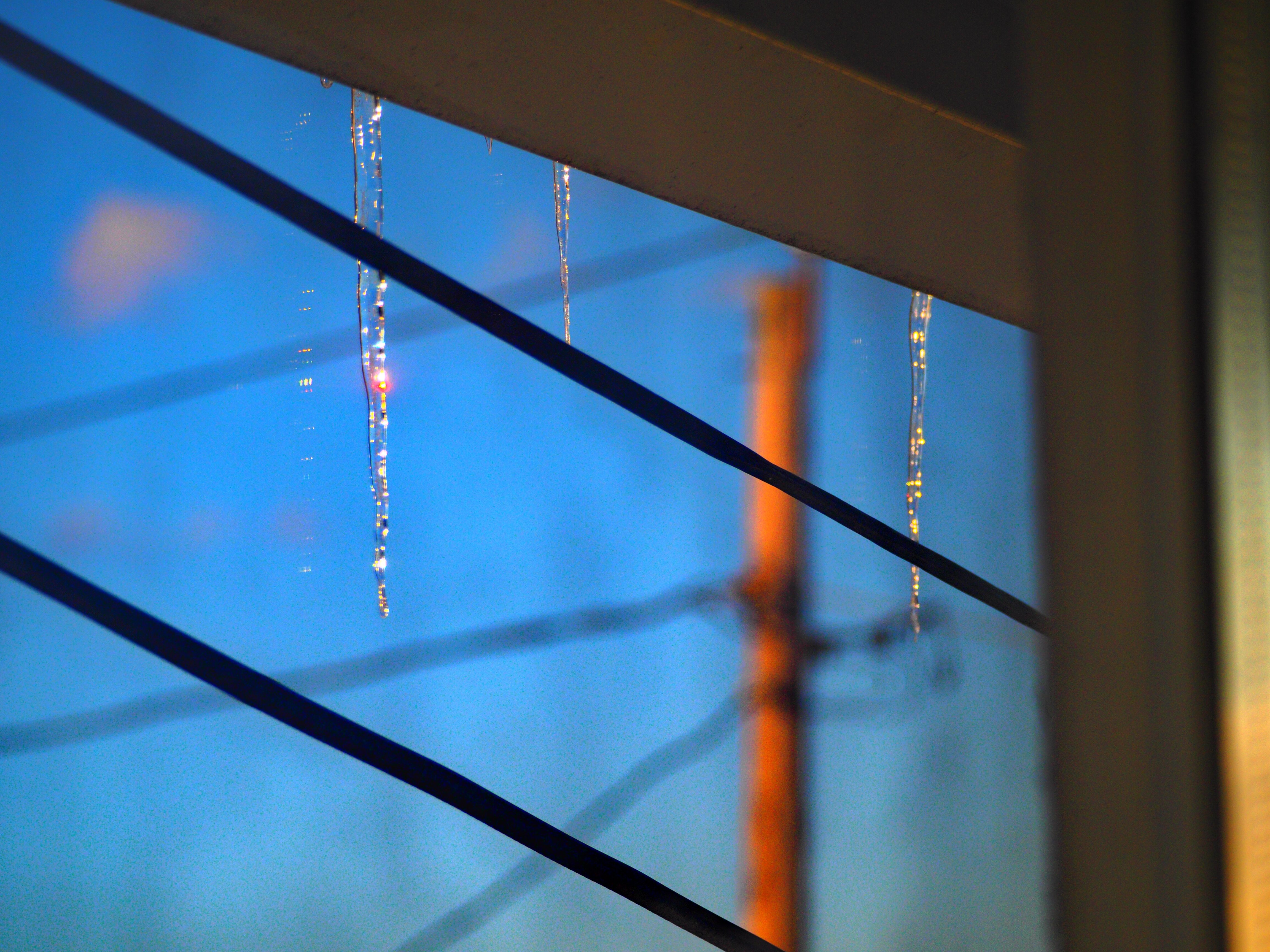-
Posts
44,789 -
Joined
Content Type
Profiles
Blogs
Forums
American Weather
Media Demo
Store
Gallery
Everything posted by LibertyBell
-
We won't have a full day of sunshine again until Friday. When I saw the forecasts on Sunday I knew that Monday would be our last good day until Friday. I also knew that Monday would be our warmest day and Tuesday would be nowhere close to that. Fortunately, the sunny weather is timed well for the weekend. Forget about the clouds, the smoke is MUCH worse. I had some breathing issues this morning and a headache when I woke up and I knew exactly where it came from-- the smoke causing the air pollution.
-
I want to see if we can get JFK to 20 90 degree days this year, there's only a select few years when that's happened.
-

Occasional Thoughts on Climate Change
LibertyBell replied to donsutherland1's topic in Climate Change
this is normal climo, when June 20 to the end of July is very hot, August tends to be less hot. -
those trees are no longer suitable in this new climate my question is why are the effects so different in different places, they've become hot and dry while we've become warm and wet? But I do think this also runs in cycles and will switch up, this was the first summer in which we hit 100 plus everywhere (that matters). I think we're at the start of a new drier cycle with more classic summers with offshore flow like 1993 and 2010 to follow. This summer was the first warning shot for what's to follow. I remember saying this last winter and even last fall during our historically dry October at the start of the westerly flow outbreak too. It's a characteristic of the switch to a -AMO. Fewer east coast TC drier and somewhat colder winters and hotter and drier summers
-
did the carpenter ants help clean up the big mess??
-
Stronger here on the south shore over 80 mph with major tree damage in the Rockaways
-
that was the most wild and windiest tropical system here since Sandy Most of Sandy occurred at night while Isaias was during the day. Major tree damage in the Rockaways with winds over 80 mph.
-
1980 - A record forty-two consecutive days of 100 degree heat finally came to an end at the Dallas-Fort Worth Airport. July 1980 proved to be the hottest month of record with a mean temperature of 92 degrees. There was just one day of rain in July, and there was no measurable rain in August. There were 18 more days of 100 degree heat in August, and four in September. Hot weather that summer contributed to the deaths of 1200 people nationally, and losses from the heat across the country were estimated at twenty billion dollars. (David Ludlum) (The Weather Channel) epic endless heat in 1980 1995: Thunderstorms over northwest Iowa storms grew quickly, producing golf ball to baseball size hail over Palo Alto County near Ayrshire and Webb. As the storms moved south, a copious amount of hail was dropped. Just north of Rush Lake in Palo Alto County, pea-sized hail covered the ground to a depth of 12 inches. The storms then moved into northern Pocahontas County where they dropped softball size hail, which has a diameter of 4.50 inches, just north of Laurens. Golf ball size hail also continued to fall over Pocahontas County near the communities of Pocahontas and Havelock. The storms weakened a bit as they moved into Sac and Calhoun Counties. Crop damage totaled about $335,000 from these storms. Record heat prevailed across parts of the East. Record highs included: Philadelphia, PA: 98°, LaGuardia Airport (NYC), NY: 96°, Wilmington, DE: 96° and Bridgeport, CT: 93°. (Ref. Wilson Wx. History) 1995 hot and dry August was just beginning here Highs: EWR: 100 (1993) NYC: 100 (1944) LGA: 99 (1944) JFK: 93 (2006) epic endless heat in 1993 and 1944 too
-
Cant they do air drops like we do in California with fire retardant? Or maybe they just don't have the funds to do what we do to stop forest fires? At some point this will have to be dealt with permanently, even if that means chopping down the trees. Canada has a large logging industry, they could take care of this. We can't just sit back and do nothing, this is a permanent problem and won't go away next year or in 5 years or in a decade. And there is a huge health risk with this air pollutant, Chicago is the 7th most polluted city on the planet right now because of it.
-
Probably. I think the intentional or accidental human fire starting happens in California more than it does in Canada. Remember the Camp Fire-- I think that one happened because someone shot off fireworks during a gender reveal party. Why do we even need gender reveal parties? Male/Female big deal.....




